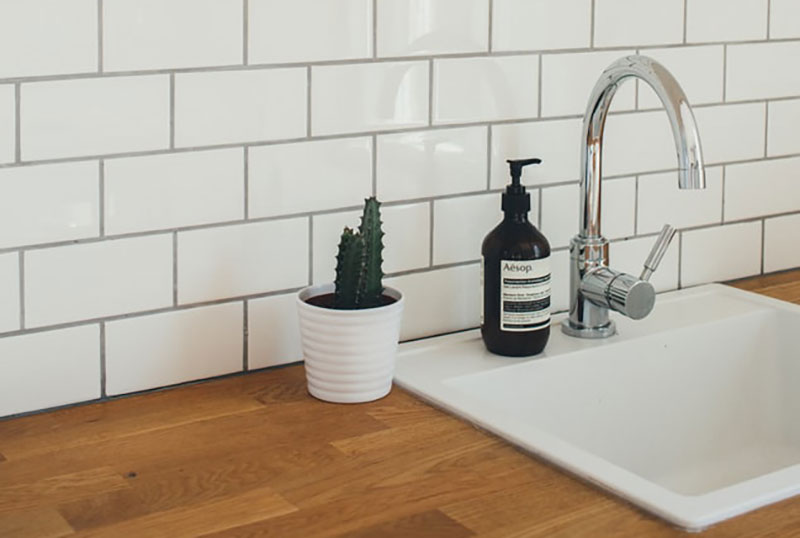Advertisement
Few things tie together a beautiful, well-tended garden like a central water feature. There are plenty of options available, from a stream of water trickling gently over a rockery, to a thunderous mini-waterfall.
Yes, water features are beautiful. However, there is an element of risk associated with them. The risks can vary. For example, a very small water feature likely won’t cause any trouble. A large well, on the other hand, needs more attention. You might have heard horror stories about children and pets drowning, or getting sick after drinking contaminated water.
Of course, this doesn’t mean you can’t have a water feature in your garden. With a little planning, you can easily make your water feature safe as well as beautiful.
Simply put, there are two main issues you should look into when planning your water feature: water quality, and water depth.
Water Quality: Does It Matter?
Chances are, you aren’t intending to drink the water from your water feature. However, if you have children or pets who are likely to try and drink the water, it’s good to consider the water quality.
For example, some water sources can be contaminated with legionella bacteria. If ingested, this can cause legionnaires’ disease. Chlorine and other chemicals are often added to our tap water to make it safe to drink.
It’s also important to keep the water cool, and free of contaminants such as rust, scale, or sludge build-up. Outdoor water features are particularly prone to these dangers.
Iron can also be contained in outdoor water sources. This is a problem if your water feature is a well that you’re using for water. Working wells are becoming more and more popular, but it’s even more important to keep this water fresh and clean.
If that’s the case, you may want to consider an iron filter. This softens and purifies water, making it suitable for drinking.
Choosing the Correct Water Depth
For some water features, the depth of water isn’t an issue. However, some features contain deeper water, or may form part of a pond.
How deep you need your water feature to be will depend on what you’re putting in it. For instance, a goldfish pond should be at least two feet deep. This is because ponds warm up quickly in hot weather, and this can kill your fish. Fish also tend to retreat to the bottom of the pond in cold weather. If your water feature is too shallow, they may freeze.
Wildlife ponds are also popular. The purpose of this kind of water feature is to provide a safe pond for wildlife to drink from and swim around. These features can be a lot shallower, maybe only six to twelve inches deep.
However, you’ll need sloping edges, to allow easier access to the water. It’s also a good idea to put large rocks in the pond, for insects and dragonflies to perch on.
A water feature is a beautiful addition to a garden. With a little work, it can be a safe addition, too.

